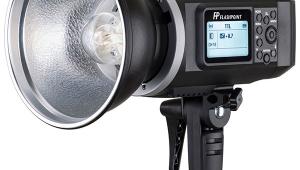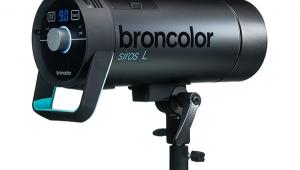Paul C. Buff PLM v.2: More Than A Glorified Umbrella
Photography is all about light and photographers are always looking at ways to modify it. Visit any studio of a working pro and you’re bound to see softboxes, umbrellas, cones, snoots, grids, beauty dishes, parabolic reflectors, etc. Each has their purpose in changing the shape and/or character of the light. Using the same light source, you can modify it from a sharp, harsh, point light source with distinct shadows to a soft, even light source with very little or no shadows. With that in mind I decided to give one of these modifiers a test, the Paul C. Buff PLM v.2.
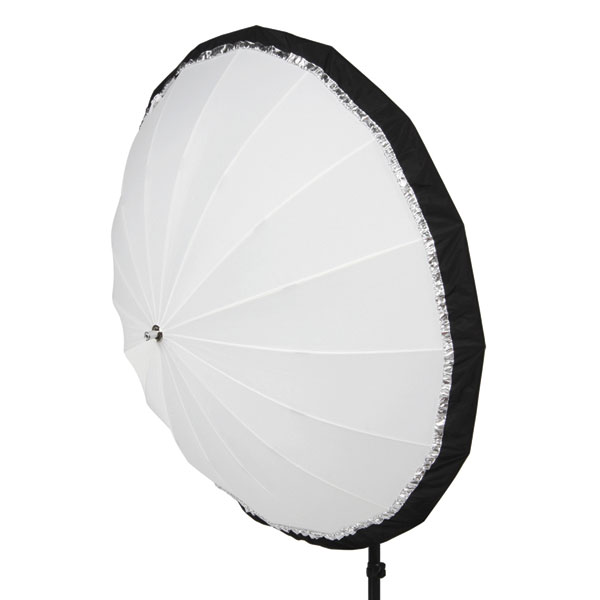
All Photos © Steve Bedell
PLM stands for Parabolic Light Modifier. Funny, it looks like an umbrella to me, so let’s look into the “parabolic” branding and see what it tells us about how this modifier works. In practice, it’s the light produced by a cone-shaped reflector that produces a light that is focused in a definite, circular pattern. Since most umbrellas do a pretty good job of scattering light all over the place, the goal of this modifier is to have the convenience and portability of an umbrella but retain the characteristics of a parabolic light source.

For my testing, I used the medium (64”) white and silver versions. They also make 86” versions, which I figured would be too big for any accurate testing in my studio, plus smaller 51” versions. I figured this would be pretty easy—pop open the two umbrellas (oops, PLMs!), take a few meter readings, get a couple of models to take photos of, and see how it all turned out.

Like most things, it involved a lot more, because in addition to the silver and white versions, there are also many options that allow you to have several variations with the two, each producing their own unique light. According to the company’s website, “The PLM System is a modular light modifier system that can quickly be configured as a large, high-output parabolic reflector, as a wide-beam or narrow-beam softbox, or as a bounce or shoot-through umbrella.” The keyword here is system, because with the silver and white versions and the accessories, you can actually produce many different lighting scenarios.
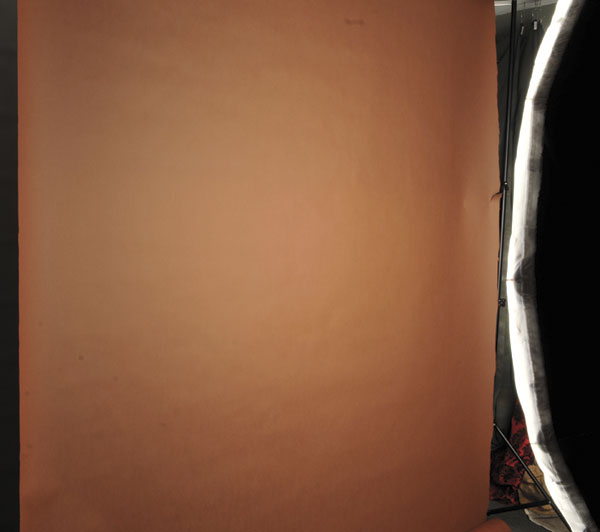
Looking at the construction, the PLMs appear to be well made and able to withstand the banging around they’re probably going to get during their lifetime. Indeed, Version 1 of the PLMs were rumored to have weak umbrella shafts and some poor fits with accessories, things that appear to have been corrected in Version 2. The nylon rods appear strong and flexible, the black “spill-kill” fabric fits perfectly on the back of the PLM, and the white front diffusion fabric was simply held on by its elastic edge. We called it the “sock” and using it gave the PLM the appearance of a flying saucer or huge marshmallow.
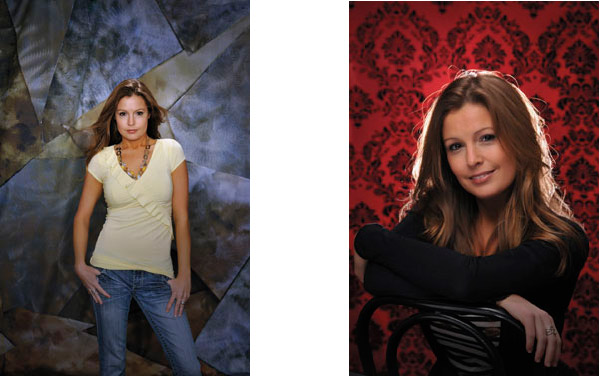
I should mention that my testing was done using the supplied speed ring on a Buff Einstein unit. The PLMs are also supplied with rods for umbrella mounting. A note is in order here. These things are designed to be used with the light at a certain distance from the PLM and while there are instructions about how to achieve proper focus with the light, using a speed ring with a Buff or Elinchrom unit will automatically obtain the desired effect. I have seen some photographers make tests using PLMs with small shoe-mount-type flash units, and I think they are missing the point. To obtain the quality of light the PLMs were designed for, use a properly aligned studio-type flash unit.

Before I get into shooting, let’s talk a little bit about costs, because this is an area where these units shine. A 64” silver PLM is $59.95, the white, $32.95, and that’s with the speed ring. Staying with the 64” version, the black outer cover or spill-kill fabric is just $16.95, and the white diffusion fabric is only $17.95. If you need another speed ring, $20 will get you one.
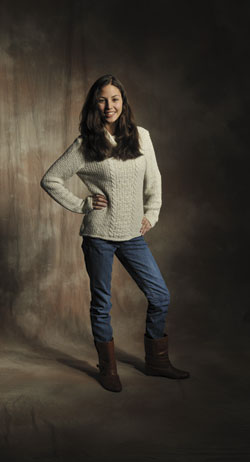
I set up my light unit with a 42” white umbrella at a distance and power setting that gave me f/5.6. Switching to the 64” white PLM, I got the exact same reading with the bigger light modifier. Hmm, must have something to do with the design. Whipping on the black spill-kill fabric, I got f/8. Shooting the white PLM and the “sock,” I got f/5, with the spill-kill fabric it bumped up to f/7.1.

Turning to using the PLM as a shoot-through device, I got f/7.1 with the white and f/8.3 when used with the spill-kill fabric. This setup is sometimes referred to as a “Japanese Lantern” and produces a 180˚, nondirectional light source.
There are not as many options when using the silver. Without a “sock” and using it the same distance and power as with the white, I got f/18, while with the sock it yielded f/9. Now you might begin to see why this is more than a simple umbrella, with nine different configurations between the two PLMs and the supplied accessories. This gives you the ability to custom configure the light you desire, from a sharp, focused light with distinct shadows (silver PLM) to a very soft, shadowless light (Japanese Lantern) and several variations in between.

As I worked with the PLMs it became clear that for a couple hundred bucks photographers can own a system of light modifiers that can give them almost any light type they desire. (I’m talking main light here, there are other options for background, hair, kick lights, etc.) I know I keep coming back to price, but you can pretty much duplicate the results of a large softbox plus have all these other looks available to you at a fraction of the cost of a big softbox. Want a super soft light? Use the white plus the front diffusion fabric. How about light with punch but the edge taken off a little? Try the “sock” on the silver umbrella.
Vary the light according to your taste and get round catchlights to boot.
For more information, contact Paul C. Buff, Inc. at: www.paulcbuff.com.
Steve Bedell has been a portrait photographer for over 25 years. To subscribe to EPhoto, a free e-mail newsletter with tips for photographers, contact Bedell via e-mail at: sb@stevebedell.com. Also ask about his lighting DVDs.
- Log in or register to post comments




